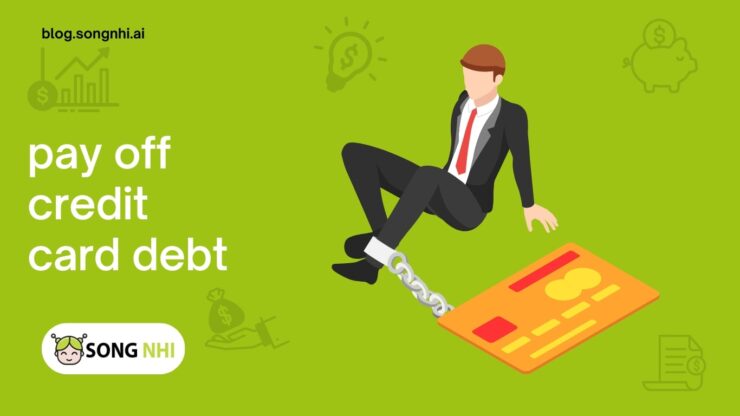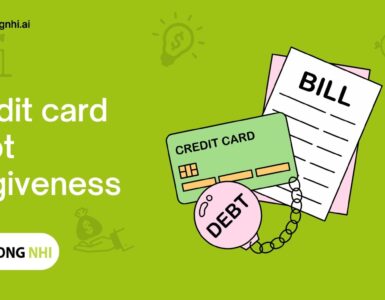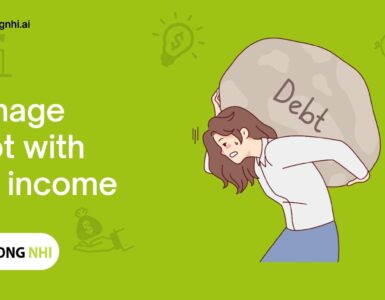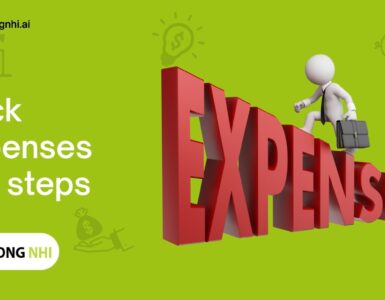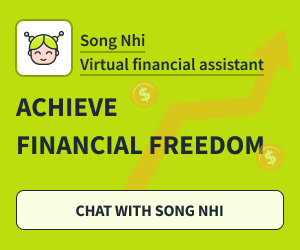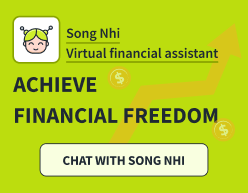Credit card debt can be a significant financial burden, but with the right strategies and commitment, you can successfully eliminate it and regain control of your finances. In this guide, we’ll explore effective methods to pay off credit card debt and achieve financial freedom.
1. Assess Your Debt Situation
Start by assessing your credit card debt situation to understand the full scope of what you owe. Gather all your credit card statements and make a list of each card’s balance, minimum payment, and interest rate. Having a clear picture of your debt will help you develop a plan to tackle it effectively.
2. Create a Budget
Developing a budget is essential for managing your finances and allocating funds towards debt repayment. Determine your monthly income and expenses, including essential costs like housing, utilities, groceries, and transportation. Identify areas where you can cut back on discretionary spending to free up extra money for debt payments.
3. Prioritize High-Interest Debts
Focus on paying off credit cards with the highest interest rates first. These are typically the most expensive debts to carry and can accumulate significant interest charges over time. Make minimum payments on all your cards, but allocate extra funds towards the card with the highest interest rate to pay it off faster.
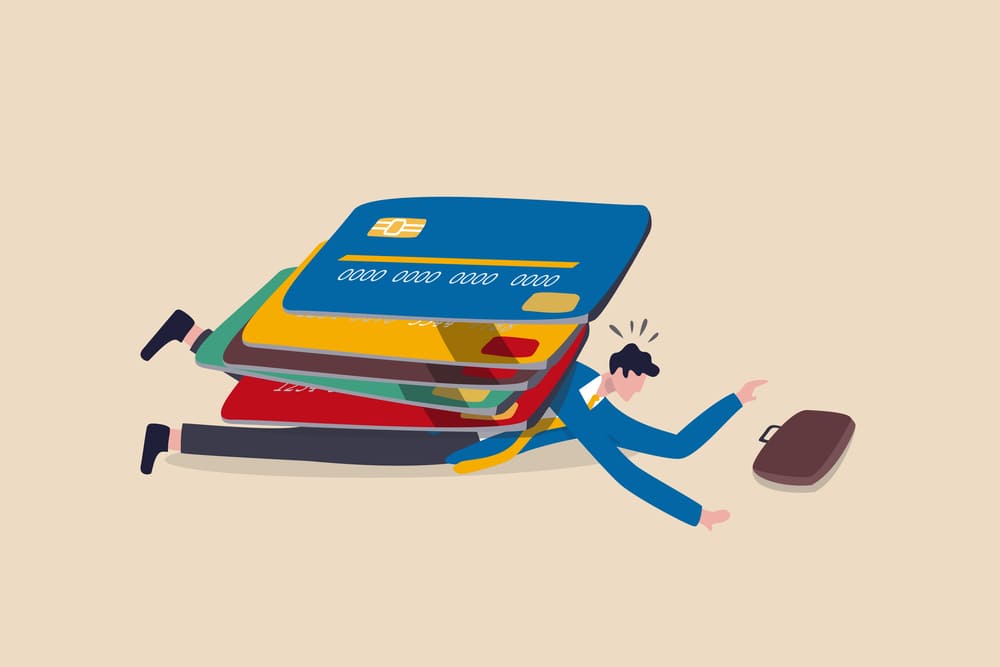
4. Consider Debt Consolidation
Explore debt consolidation options to streamline your debt repayment process and potentially lower your interest rates. You can consolidate multiple credit card balances into a single loan with a lower interest rate, making it easier to manage your debt and save money on interest charges.
5. Utilize the Snowball or Avalanche Method
Two popular debt repayment strategies are the snowball and avalanche methods. With the snowball method, you focus on paying off the smallest debt balance first, then roll over the payments to the next smallest debt, creating a snowball effect. The avalanche method involves prioritizing debts with the highest interest rates to minimize interest costs over time.
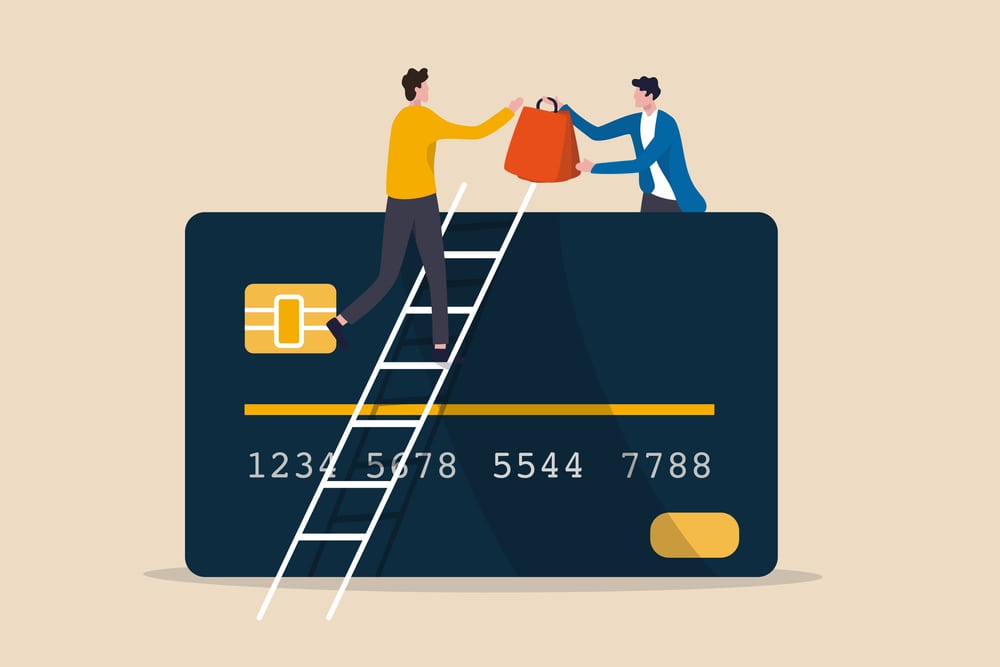
6. Negotiate with Creditors
Reach out to your credit card issuers to negotiate lower interest rates or explore hardship programs if you’re struggling to make payments. Many creditors are willing to work with you to find a solution that fits your financial situation, such as temporary forbearance or a reduced interest rate.
7. Avoid Accumulating New Debt
While paying off credit card debt, it’s crucial to avoid accumulating new debt. Cut up or freeze your credit cards to prevent further charges, and focus on using cash or debit for purchases. Stick to your budget and prioritize your financial goals to stay on track towards debt freedom.
Related articles:
- How to Pay Off Credit Card Debt?
- How to Track Expenses in 4 Simple Steps
- How To Manage Debt With Low Income?
8. Seek Professional Help if Needed
If you’re overwhelmed by your credit card debt or struggling to make progress, consider seeking professional help from a credit counselor or financial advisor. They can provide personalized advice, create a debt management plan, and guide you towards achieving your financial goals.
Conclusion
Paying off credit card debt requires discipline, perseverance, and a solid plan of action. By assessing your debt situation, creating a budget, prioritizing high-interest debts, and exploring consolidation options, you can make significant progress towards becoming debt-free.
Stay focused on your goals, avoid accumulating new debt, and celebrate each milestone along the way. With determination and persistence, you can successfully eliminate credit card debt and achieve financial stability.

